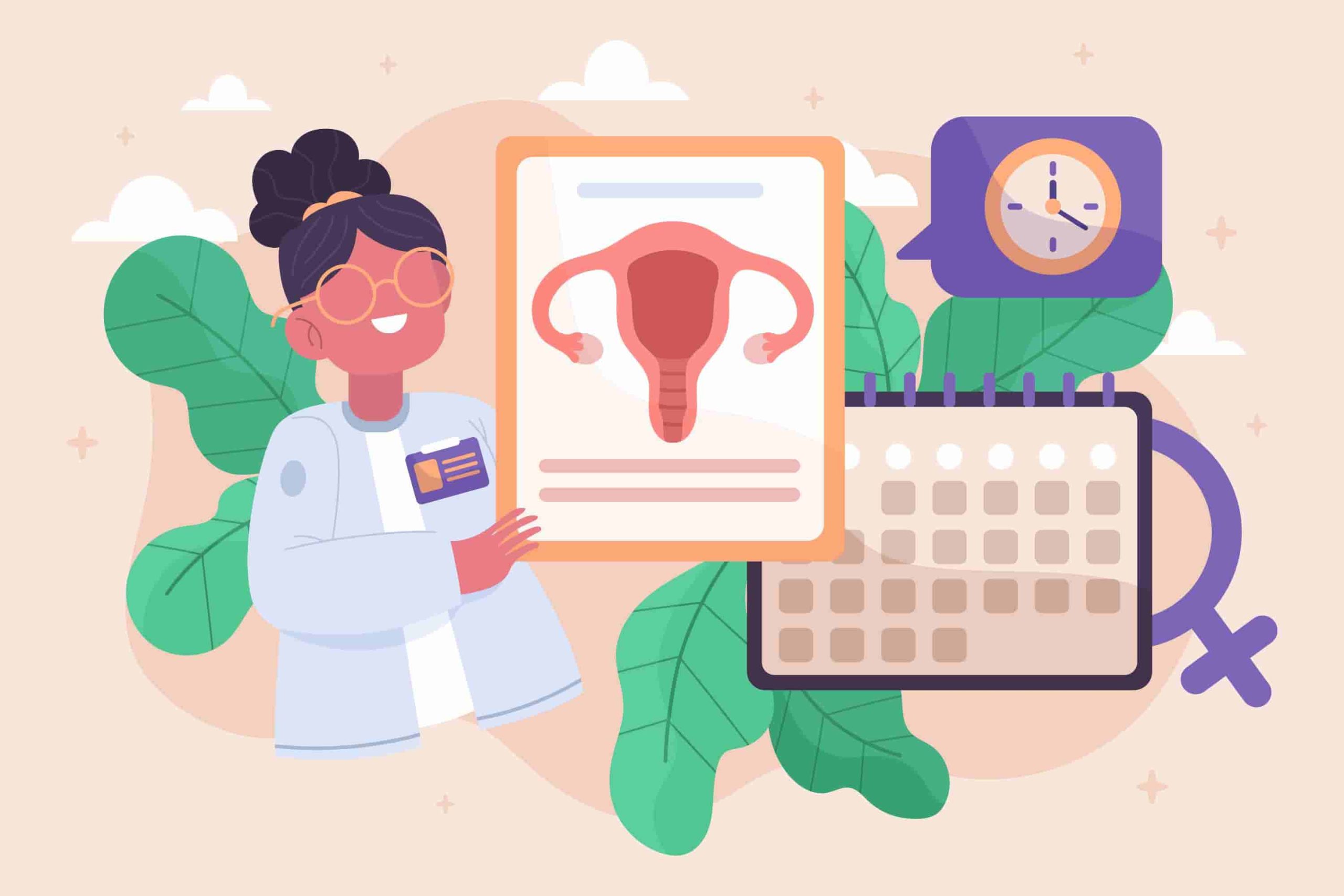What is ovulation?
Ovulation is when an egg is released from your ovary during your menstrual cycle. If the egg is fertilized, it can lead to pregnancy; if not, the uterine lining is shed during your period. Understanding ovulation helps with family planning and can provide insights into your health.
What are the signs?
When the body is getting ready to ovulate, it can lead to increased vaginal discharge. It’s usually clear and stretchy, like raw egg whites. Post-ovulation, the discharge might decrease and look thicker or cloudier.
Ovulation can also bring:
– Light bleeding or spotting
– Breast tenderness
– Higher libido
– Ovary pain, felt as discomfort or pain on one side of the abdomen
Not everyone gets these symptoms, so they’re extras when it comes to tracking fertility. You can also try an ovulation test kit. These kits typically gauge your luteinizing hormone (LH) levels in urine. If it shows positive, you’re likely to ovulate in the next 24 to 36 hours.
When does it happen?
Ovulation is a key part of your menstrual cycle. It happens about midway through, usually around day 14. Here’s the breakdown of a typical menstrual cycle, and where ovulation occurs:
1. Follicular Phase: It starts when your period begins. Your body releases follicle-stimulating hormone (FSH) to help the egg mature.
2. LH Surge: Once the egg is ready, luteinizing hormone (LH) surges, triggering ovulation around day 14. This is when the egg is released.
3. Luteal Phase: After ovulation, if there’s no pregnancy, bleeding typically begins around day 28, marking the start of the next cycle.
In a nutshell: Ovulation is in the middle of your menstrual cycle, around day 14.
What role does it play in pregnancy?
Pregnancy can happen in the five days before ovulation and on the day of ovulation, but the highest chance is in the three days around ovulation. This is also called the fertile window, when chances of pregnancy are at its peak. After the egg is released, it lasts up to 24 hours, and if sperm meets the egg during this period, pregnancy may occur.
Sources:
Marcin, A. (January 25, 2022). What is Ovulation. Healthline. https://www.healthline.com/health/womens-health/what-is-ovulation
Better Health Channel. (n.d.). Ovulation and Fertility. https://www.betterhealth.vic.gov.au/health/conditionsandtreatments/ovulation
American Pregnancy Association. (n.d.). What is Ovulation. https://americanpregnancy.org/getting-pregnant/infertility/understanding-ovulation/



